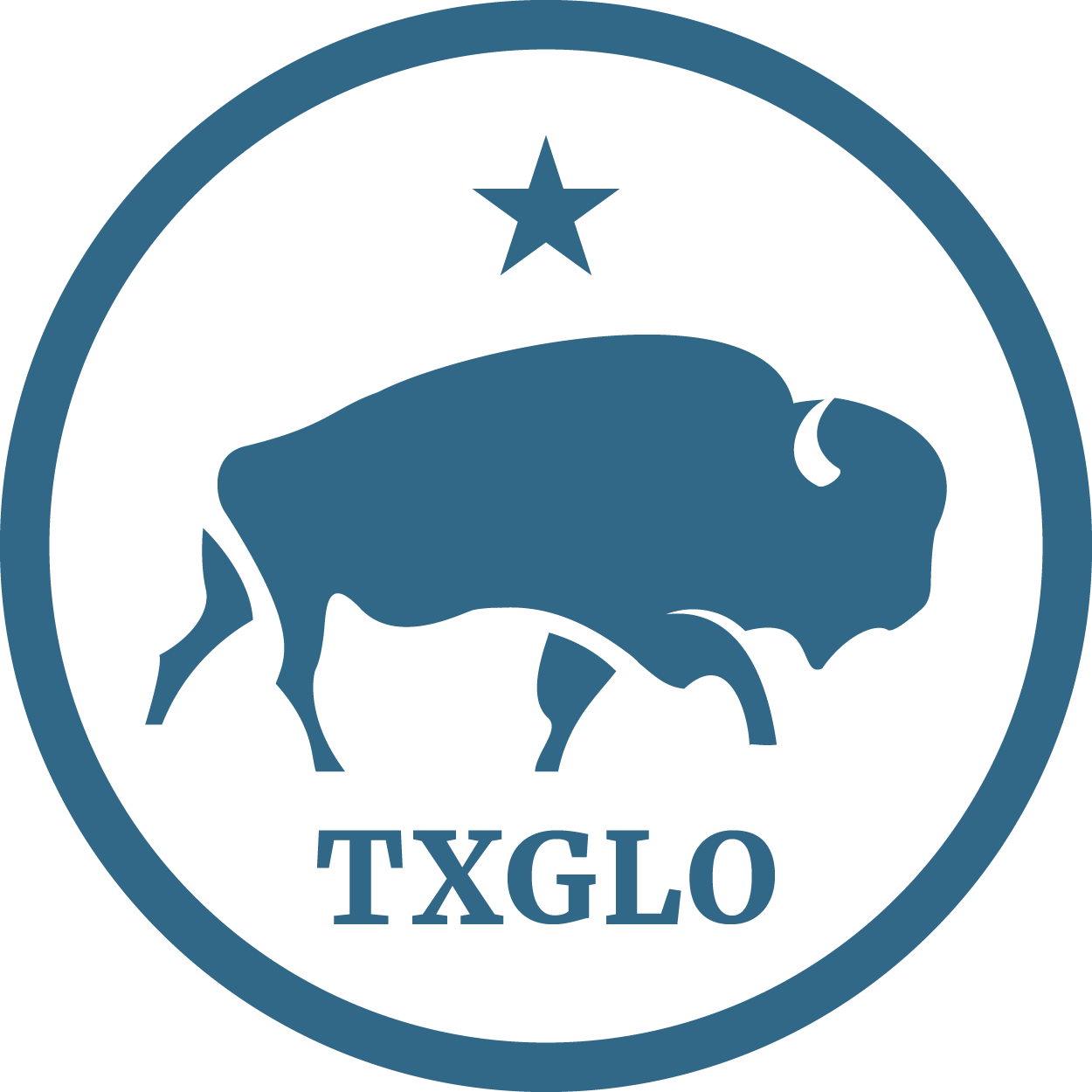County/Region:
Coastwide
Project Partner/Recipient:
Texas A&M University at Galveston
Summary:
Texas A&M University at Galveston conducted a study of Pass Cavallo to collect baseline data to assess the distribution of bottom types, the anthropogenic impacts of the seabed, and natural, historical and cultural resources proximal to Pass Cavallo.
County/Region:
Matagorda
Project Partner/Recipient:
Texas A&M University - Corpus Christi
Summary:
Texas A&M University at Corpus Christi created a map of favorable habitats for oyster farming in terms of substrate and surface-groundwater discharge in Matagorda Bay.
County/Region:
Project Partner/Recipient:
University of Texas - Marine Science Institute
Summary:
County/Region:
Upper Coast
Project Partner/Recipient:
Texas A&M University - Engineering Experiment Station
Summary:
Texas Agricultural Experiment Station set up a monitoring system composed of Sediment Erosion Tables (SET) to allow researchers to quantify the accretion rate in restored and natural marshes.
County/Region:
Coastwide
Project Partner/Recipient:
Texas A&M University - AgriLife Extension Service
Summary:
The Texas Agricultural Extension Service implemented Marsh Management Activities for Learning the Lifestyles of Wildlife Project (Marsh M.A.L.L.O.W), a program designed to educate youth, teachers, adult volunteers, and parents about wetlands.
County/Region:
Matagorda
Project Partner/Recipient:
Lower Colorado River Authority
Summary:
The Lower Colorado River Authority constructed a 732 square-foot, American with Disabilities Act-compliant restroom facility with water fountain and outdoor showers.
County/Region:
Matagorda
Project Partner/Recipient:
Lower Colorado River Authority
Summary:
Lower Colorado River Authority performed a baseline vegetation inventory of the Matagorda Bay Nature Park and Preserve, identifying the extent of each vegetation community type and a complete species lists associated with each community type.
County/Region:
Matagorda
Project Partner/Recipient:
Lower Colorado River Authority
Summary:
The Lower Colorado River Authority constructed a 5 ft. x 1500 ft., American with Disabilities Act-accessible trail in Matagorda Bay Nature Park.
County/Region:
Matagorda
Project Partner/Recipient:
Lower Colorado River Authority
Summary:
The Lower Colorado River Authority constructed a trail, an elevated wetlands boardwalk, and a permanent kayak launch pad at the Matagorda Bay Nature Park.
County/Region:
Matagorda
Project Partner/Recipient:
Matagorda Bay Foundation
Summary:
Matagorda Bay Foundation to (1) document steps to implement successful seagrass restoration and (2) collect data on resiliency services returning as the seagrass is restored in Matagorda Bay.
County/Region:
Calhoun
Project Partner/Recipient:
Matagorda Bay Foundation
Summary:
The Matagorda Bay Foundation completed all required permitting and design for a pilot experiment to restore seagrass in Matagorda and other bays.
County/Region:
Matagorda
Project Partner/Recipient:
Matagorda County
Summary:
Matagorda County purchased 90 oilfield mats and installed them at the entrance to Matagorda Beach.
County/Region:
Matagorda
Project Partner/Recipient:
Lower Colorado River Authority
Summary:
The Lower-Colorado River Authority constructed six picnic pavilions and a directional/interpretive kiosk at Matagorda County Jetty Park, where the Colorado River channel enters the Gulf of Mexico.
County/Region:
Matagorda
Project Partner/Recipient:
Matagorda County
Summary:
County/Region:
Project Partner/Recipient:
General Land Office
Summary:
County/Region:
Matagorda
Project Partner/Recipient:
Coastal Bend Bays & Estuaries Program (CBBEP)
Summary:
This project repaired the levee system and water control structures located within the Aransas National Wildlife Refuge (ANWR) on Matagorda Island.
County/Region:
Calhoun
Project Partner/Recipient:
Coastal Bend Bays & Estuaries Program
Summary:
County/Region:
Upper Coast
Project Partner/Recipient:
Texas A&M University at Galveston
Summary:
Texas A&M University at Galveston studied the effectiveness of different wetland restoration techniques to allow better management of this valuable coastal natural resource.
County/Region:
Matagorda
Project Partner/Recipient:
Matagorda Bay Foundation
Summary:
To construct Breakwaters and Oyster Reef to stabilize the eroding shoreline of Oliver Point.
County/Region:
Galveston
Project Partner/Recipient:
Texas Parks and Wildlife Department (TPWD)
Summary:
This project restored approximately 75 acres of inter-tidal marsh complex habitat within a 108-acre area along the north West Galveston Island shoreline adjacent to West Galveston Bay to enhance and protect existing estuarine and coastal habitats.








